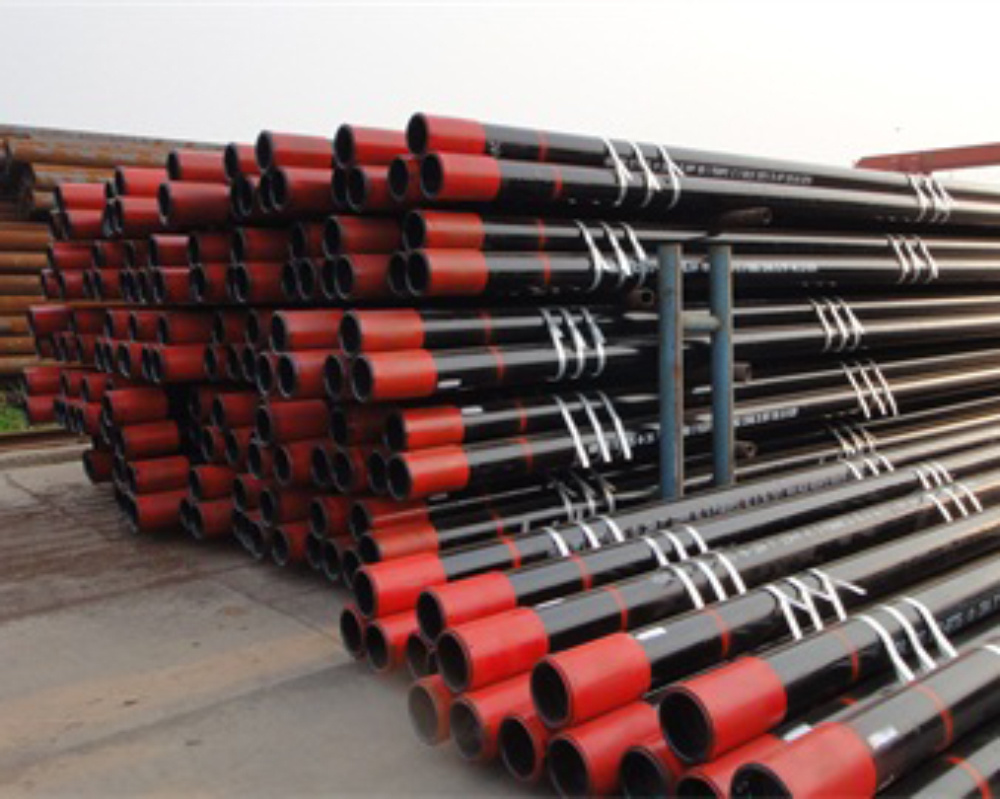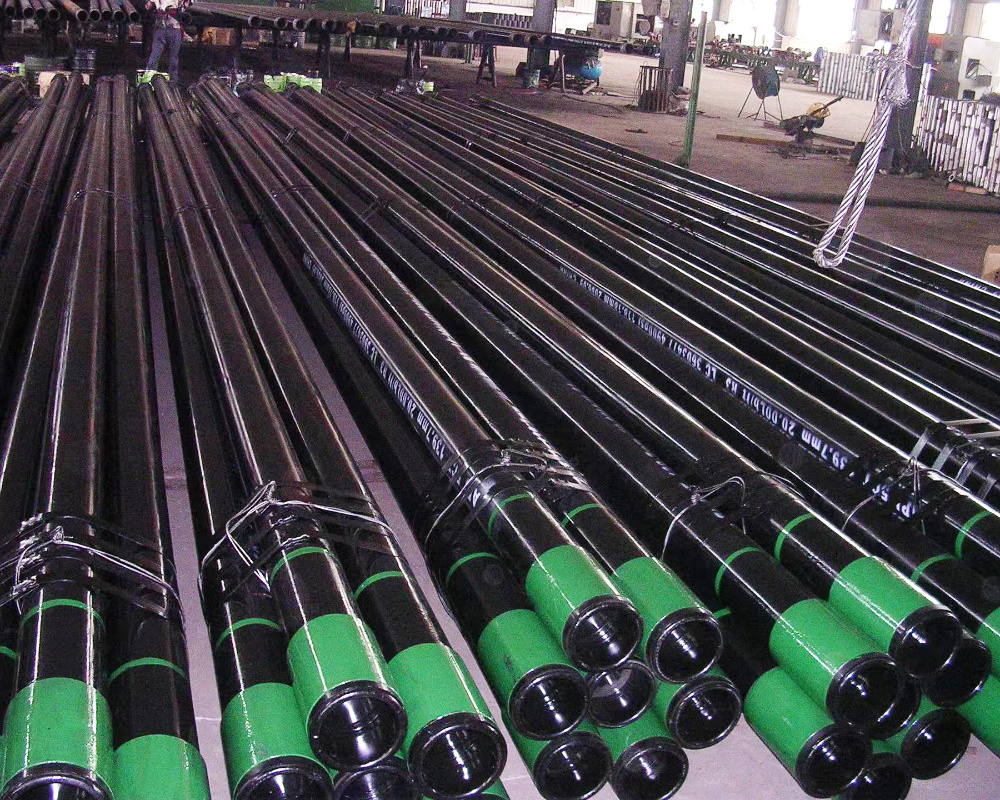Implementing API Seamless Pipe: Essential Tips for Contractors to Enhance Project Efficiency
Implementing API Seamless Pipe: Essential Tips for Contractors
Table of Contents
1. Introduction to API Seamless Pipes
2. Benefits of API Seamless Pipes in Construction
3. Key Applications for API Seamless Pipes
4. Installation Tips for Contractors
5. Inspection and Testing Procedures
6. Maintenance Best Practices
7. Common Challenges and Solutions
8. Conclusion
9. Frequently As
Implementing API Seamless Pipe: Essential Tips for Contractors
Table of Contents
- 1. Introduction to API Seamless Pipes
- 2. Benefits of API Seamless Pipes in Construction
- 3. Key Applications for API Seamless Pipes
- 4. Installation Tips for Contractors
- 5. Inspection and Testing Procedures
- 6. Maintenance Best Practices
- 7. Common Challenges and Solutions
- 8. Conclusion
- 9. Frequently Asked Questions
1. Introduction to API Seamless Pipes
API seamless pipes, crafted to meet the rigorous standards set by the American Petroleum Institute, stand as a cornerstone in the construction and infrastructure sectors. These pipes are renowned for their strength, durability, and resistance to high pressures. Contractors relying on these materials can enhance their project outcomes significantly. The seamless manufacturing process eliminates welds, reducing the risk of failure and ensuring consistent quality throughout the length of the pipe. This article aims to provide contractors with essential tips for the effective implementation of API seamless pipes.
2. Benefits of API Seamless Pipes in Construction
The implementation of API seamless pipes provides numerous advantages that can streamline project workflows and enhance overall performance.
2.1 Strength and Durability
One of the primary benefits of API seamless pipes is their exceptional strength. The absence of seams means there are fewer weak points, making these pipes ideal for applications involving high pressure and temperature variations. This durability translates into longer service life and reduced replacement costs.
2.2 Resistance to Corrosion
API seamless pipes are often manufactured from high-grade materials that include protective coatings. This feature enhances their resistance to corrosion, a crucial quality for pipes used in harsh environmental conditions. By implementing these pipes, contractors can reduce maintenance costs associated with corrosion damage.
2.3 Versatility in Applications
API seamless pipes are versatile and can be utilized in various construction applications, from oil and gas transportation to structural frameworks in buildings. This adaptability allows contractors to streamline their supply chains and reduce project complexity.
3. Key Applications for API Seamless Pipes
3.1 Oil and Gas Industry
In the oil and gas sector, API seamless pipes play a critical role in transporting crude oil and natural gas. Their ability to withstand high pressures makes them essential for pipelines and drilling operations.
3.2 Water Supply Systems
API seamless pipes are also commonly used in municipal water supply systems. Their durability and resistance to corrosion ensure the integrity of water distribution networks.
3.3 Construction and Structural Applications
In construction, these pipes are used for structural applications, such as columns and beams. Their strength provides stability and safety in various building projects.
4. Installation Tips for Contractors
Implementing API seamless pipes involves several critical steps to ensure successful installation.
4.1 Site Preparation
Before installation, thorough site preparation is essential. Ensure that the ground is level, and any debris is cleared. Proper drainage should also be established to prevent water accumulation around the pipes.
4.2 Handling and Transportation
Take care when handling and transporting API seamless pipes to avoid damage. Utilize cranes or hoists when moving larger pipes to minimize the risk of bending or cracking.
4.3 Proper Alignment
Alignment during installation is crucial. Misalignment can lead to undue stress on the pipes, potentially causing failures. Use laser alignment tools for precision during installation.
5. Inspection and Testing Procedures
To ensure the integrity of API seamless pipes, rigorous inspection and testing protocols should be followed.
5.1 Visual Inspection
Conduct a thorough visual inspection of the pipes before installation. Look for any signs of damage, such as dents, scratches, or corrosion.
5.2 Hydrostatic Testing
Hydrostatic testing involves filling the pipes with water and applying pressure to check for leaks. This procedure is vital to confirm that the pipes can withstand the operating pressures they will encounter.
5.3 Non-Destructive Testing (NDT)
Non-destructive testing methods, such as ultrasonic testing or magnetic particle testing, can identify internal flaws without damaging the pipes. Implementing NDT ensures long-term reliability.
6. Maintenance Best Practices
Regular maintenance of API seamless pipes is critical for ensuring their longevity and functionality.
6.1 Routine Inspections
Schedule routine inspections to identify any potential issues early. Look for signs of corrosion or structural integrity concerns, addressing them promptly to prevent failures.
6.2 Cleaning and Coating
Keep the surface of the pipes clean and free from debris. Applying protective coatings can further enhance corrosion resistance and extend the life of the pipes.
6.3 Monitoring Operational Conditions
Monitor pressure and temperature conditions regularly during operation. Sudden changes can indicate potential failures, allowing for timely interventions.
7. Common Challenges and Solutions
While implementing API seamless pipes presents many advantages, it is not without challenges.
7.1 Supply Chain Issues
Contractors may face supply chain disruptions that affect the availability of API seamless pipes. To mitigate this, establish strong relationships with multiple suppliers and maintain adequate inventory levels.
7.2 Installation Errors
Common installation errors can lead to significant problems down the line. Providing thorough training for installation teams and using checklists can help minimize mistakes.
7.3 Regulatory Compliance
Ensuring compliance with local regulations can be challenging. Stay updated on relevant codes and standards, implementing necessary changes to maintain compliance.
8. Conclusion
Implementing API seamless pipes can vastly improve the efficiency and effectiveness of construction projects. By understanding the benefits, applications, installation techniques, and maintenance practices associated with these pipes, contractors can ensure successful outcomes. As the construction industry continues to evolve, embracing high-quality materials like API seamless pipes will be crucial for achieving project excellence.
9. Frequently Asked Questions
1. What are API seamless pipes?
API seamless pipes are high-quality pipes designed according to standards set by the American Petroleum Institute, known for their strength, durability, and resistance to corrosion.
2. Where are API seamless pipes typically used?
They are commonly used in the oil and gas industry, water supply systems, and various structural applications in construction.
3. How can I ensure the quality of API seamless pipes?
Conduct thorough inspections, including visual inspections and hydrostatic testing, prior to installation to ensure the pipes meet quality standards.
4. What maintenance practices should I follow for API seamless pipes?
Routine inspections, cleaning, and monitoring of operational conditions are key maintenance practices to prolong the life of API seamless pipes.
5. What are the common challenges when using API seamless pipes?
Common challenges include supply chain issues, installation errors, and regulatory compliance. Implementing effective solutions can mitigate these risks.
Related Posts
Understanding Carbon Steel Seamless Pipes: Essential Insights for Construction Professionals
Carbon steel seamless pipes are an integral component in the construction and decorative materials industry, particularly in the realm of building pipes. These pipes are manufactured without seams, which makes them highly durable and reliable for various applications. Understanding their properties, advantages, and applications can greatly enhance decision-making for professionals in the field.
On









